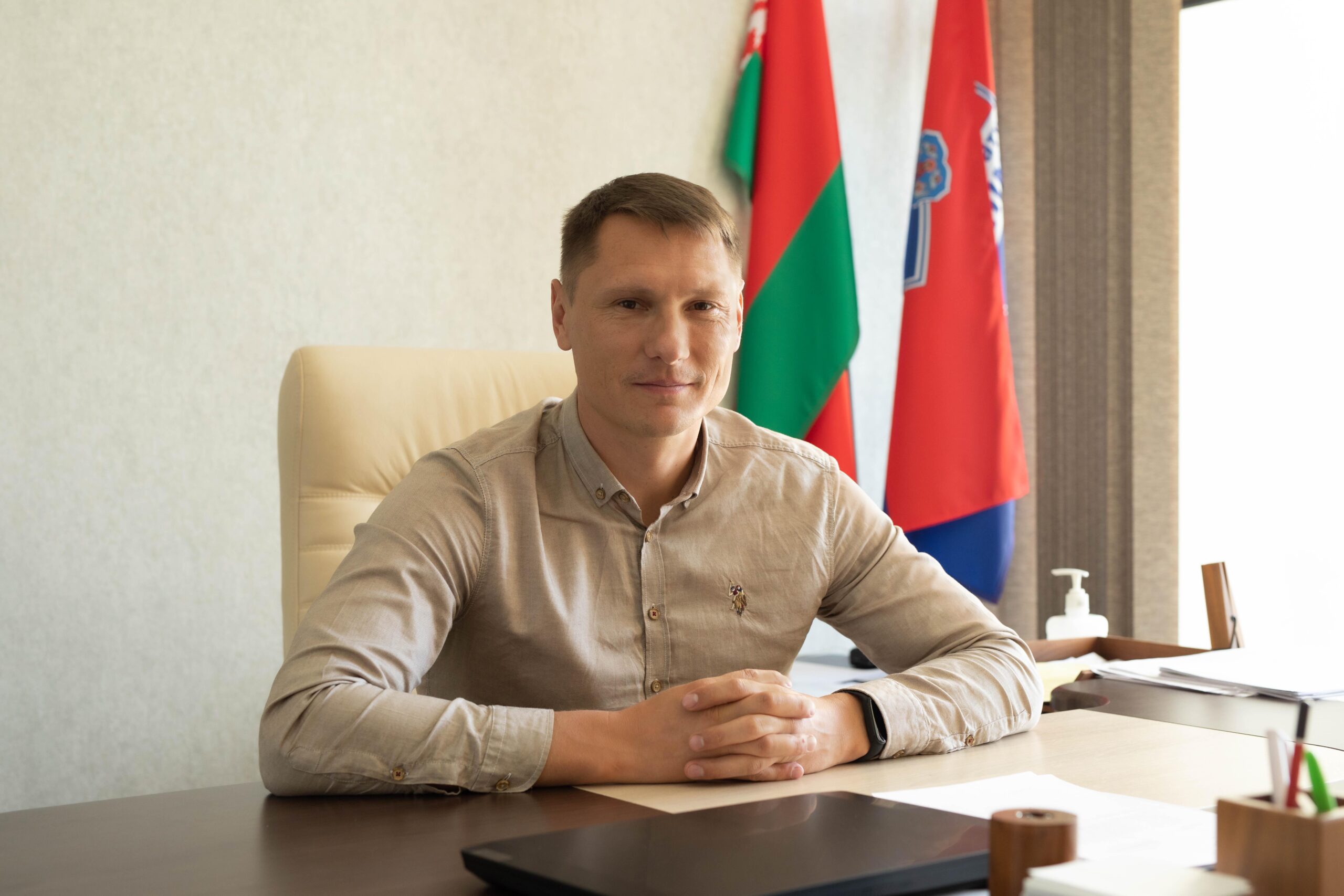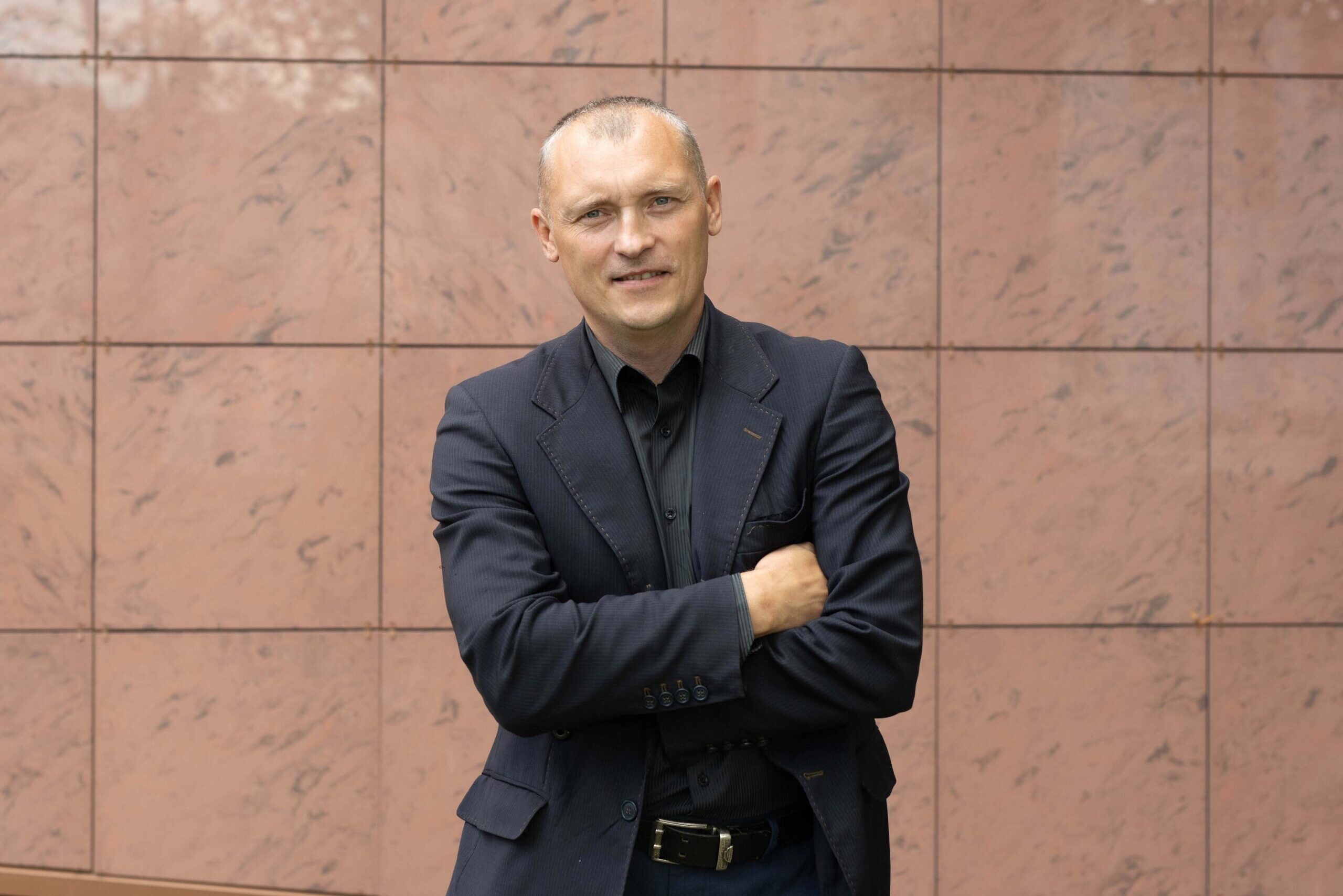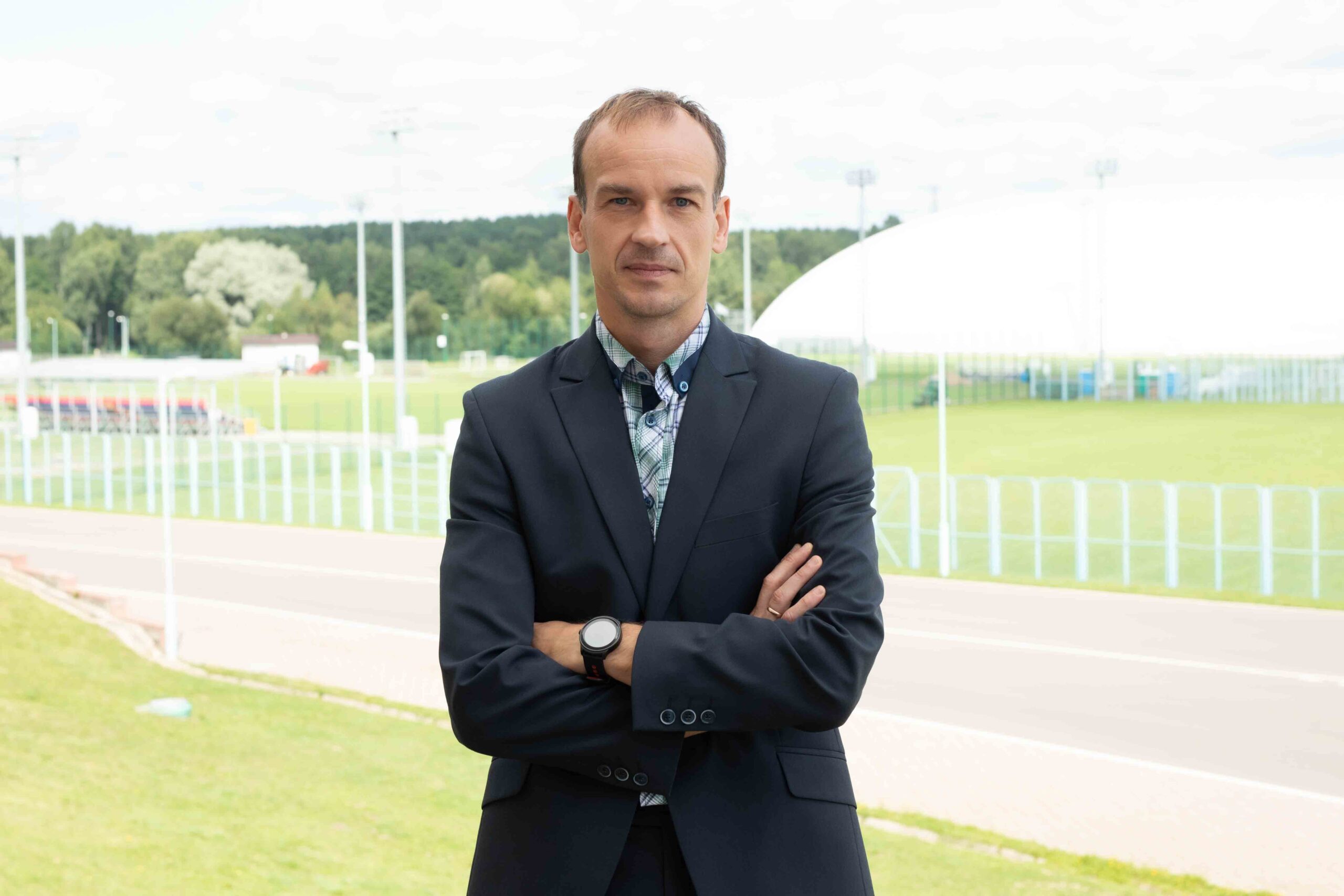We’re one big family.
There are more than a thousand of us! Footballers of men’s and women’s teams of the major leagues, young academy players, coaches, administration – all of us are the football club Minsk.
<strong>Players</strong>
<strong>Coaches</strong>
<strong>Children</strong>
<strong>Commands</strong>
History
The beginning of the path
On June 19, 1954, on the orders of the Chairman of the Committee on Physical Culture and Sport, a youth football school was established on the basis of the Institute of Sport. Similar schools were established in other cities of the country: Moscow, Leningrad, Kiev, Tbilisi and Tashkent. Initially, the team participated in the competition for the prizes of the newspaper “The Banner of Youth”, which at that time was called “Stalin Youth”.
Almost immediately the team took part in the draw of the BSSR championship, which at that time took place in three stages. Having played well in the first two previous stages, the team won the right to play in the final draw, which was held in Vitebsk, and at which seven teams gathered. With five wins in six matches, the club became champions, and the symbolic list of the best 33 players of the competition for a third was occupied by the players of the youth football school.
Change
In 1981, a sports complex was built in Minsk for the youth football school, which consisted of 18 football fields, which was unparalleled in the Soviet Union. The following year the team was reorganized into the children’s sports school of the Olympic reserve of the Minsk Sports Committee. In 1987, the team was called “Change.”
League Two
In 1990, an attempt was made to return the team to adult football. “Change” took part in the draw of the second league of the BSSR championship, but in the end took only the twelfth place. At the same time, ludas Rumbutis started working as one of the coaches. In 1991, the club finished ninth in the same league.
Eduard Malofeev
The club spent the 1992 season in the third league of the Belarusian Football Championship. “Change” immediately took the first place and got the right to play in the division above. After a successful season, the most talented players moved to other clubs, and the team again dropped into the league rank below. In those years, such players as Sergey Pavlyukovic, Sergei Shalay, Andrey Lobanov, Andrei Shiloh, Vitaly Rogozhkin played in the club. In the 1993/94 season, Eduard Malofeev led the team.
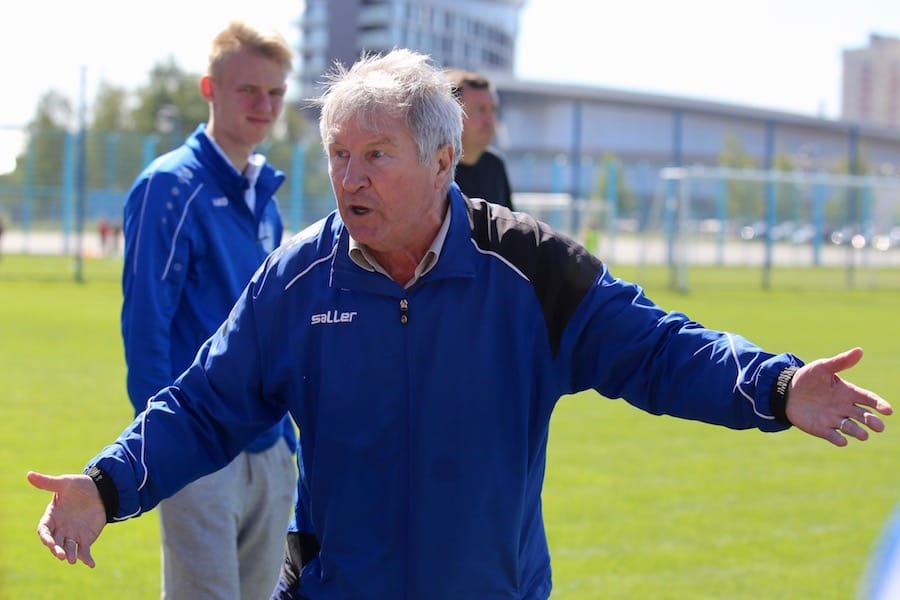

Major Leagues
In 2006, the club “Minsk” was founded on the basis of “Smena” which at that time played in the first league (and in the second league played the team “Change-2”), which immediately became the winner of the first league in the season 2006 (and in the second league the second team played under the name “Change”). In the 2007 season, the club played for the first time in the Premier League, but took 14th place and again dropped out in the first league, from where he returned a year later.
Bronze medals
Minsk is a bronze medalist in the Belarusian Premier League. After a bright season under the guidance of head coach Vitaly Tarakanov, the team set its own record in the national championships, finishing 3rd with 60 points (18 wins, 6 draws and 9 losses). 2nd place was taken by “Shakhtin” (66 points), and the champion was BATE (72 points). According to the results of the championship, which was held in three rounds, Andrey Razin became the team’s top scorer with 11 goals.

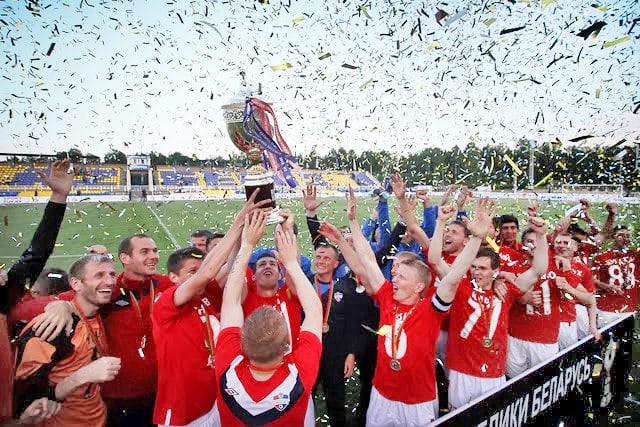
Belarus Cup
Minsk won the Belarusian Cup for the first time in its history. On the way to the final, Isloch, City, Gomel and Torpedo-Belaz were beaten. In the decisive meeting, which was held in Yodino, the “citizens” met with Dinamo Minsk. 11 buses with fans of our club came to the match, which gathered 5200 spectators. The main and extra time of the game ended with the score 1-1 – scored by Sergei Sosnovsky (33′) and Hernan Figueredo from the penalty spot (36′). In the series of post-match penalties, Minsk (4-1) was stronger, and then lifted the deserved trophy over his head.
Guide
Stadiums
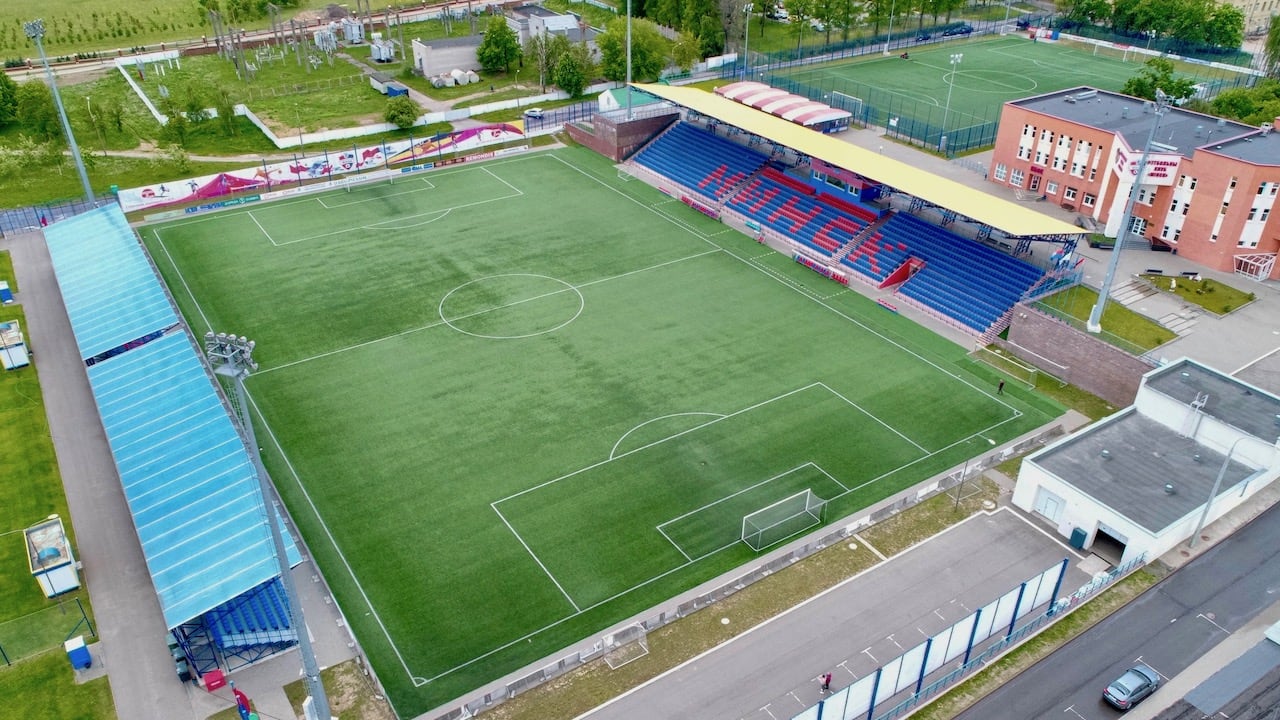
Minsk
The stadium of the Minsk football club was built in 2015. It can hold 3,050 spectators. A field with artificial turf. It is the home arena for the men’s team from December 1 to April 30 and for the women’s team of the club.
“Tractor”
Built in the 1950s. During the 1980 Olympics, Tractor became the Olympic reserve arena. He has undergone several reconstructions. Capacity – 17,600 people. A field with a natural coating.
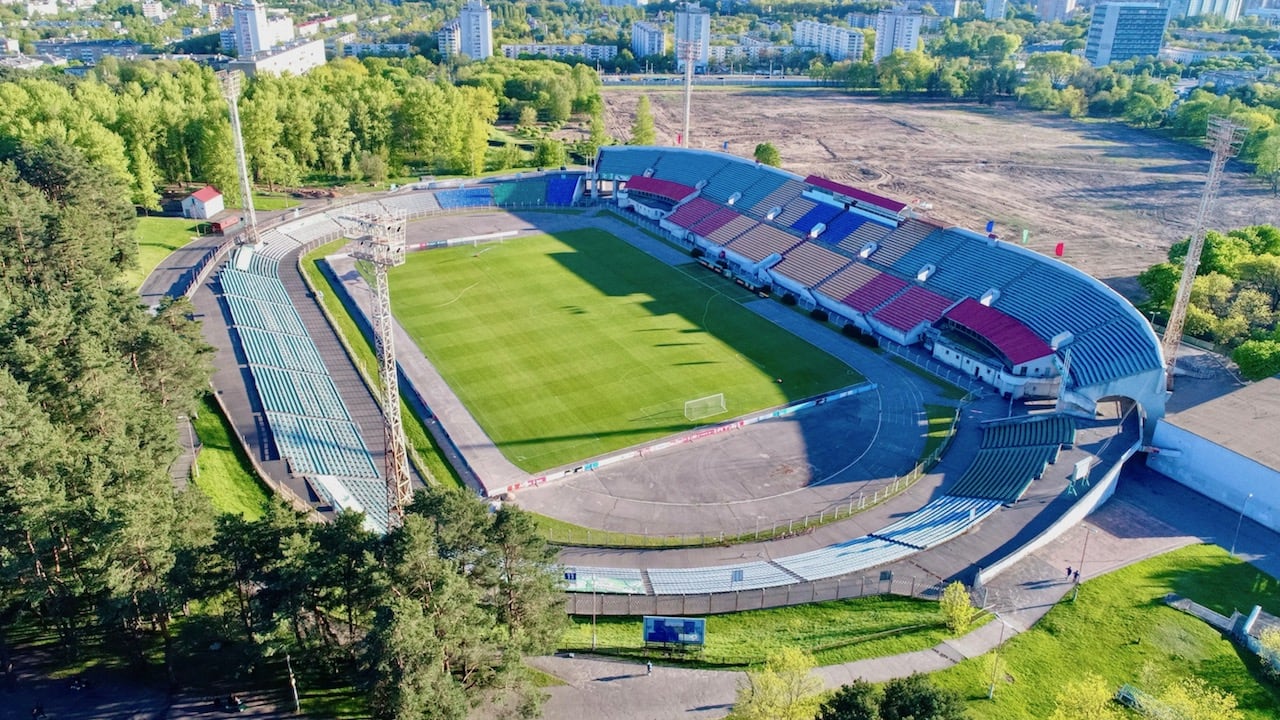
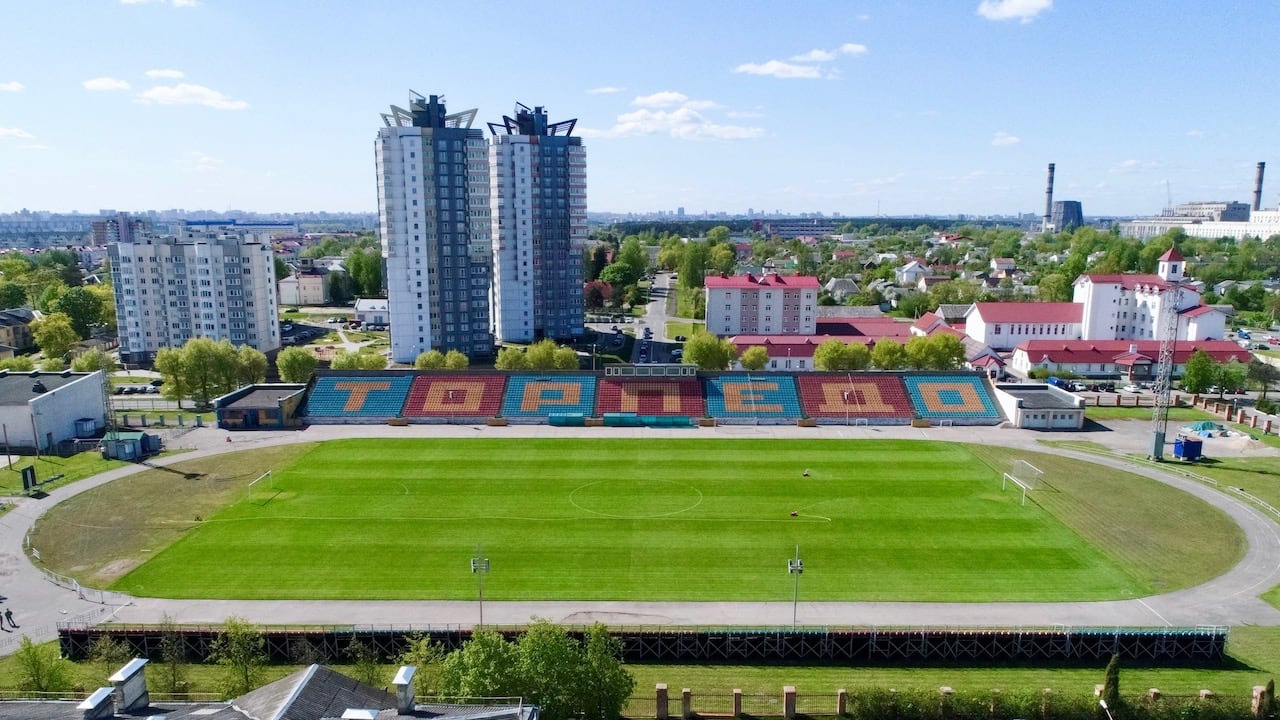
Torpedo
Torpedo is a football stadium in Minsk, built in 1958. The grandstands have a capacity of 5,200 people. It is a training base for the club’s teams. A field with a natural coating.


